If you’re a beginner photographer, you must have heard about Aperture or played around with the Av or A button on your camera. But did you ever wonder what Aperture is and how it affects your photography?
Speaking in layman’s terms, an Aperture is a small opening on a camera that allows light to pass through. It’s critical for the formation of an image inside a camera.
In brief, small apertures like f/11 – 22 have a larger depth of field, with this depth only increasing as the aperture narrows, while larger apertures like f/2.8 have a much shallower depth of field.
In this quick article, we will discuss Aperture, Aperture value, and how it affects Depth of Field.
I have been a serious photographer for over 12 years and dabbled with film cameras on and off for nearly 25 years. Over this period, I have used multiple camera systems and used different lenses. Most importantly, I have played around with Aperture and depth of field in my work, so I can help you grasp the basics of this one part of the photography trinity of exposure.
Go ahead, grab a cup of coffee, and let’s get started.
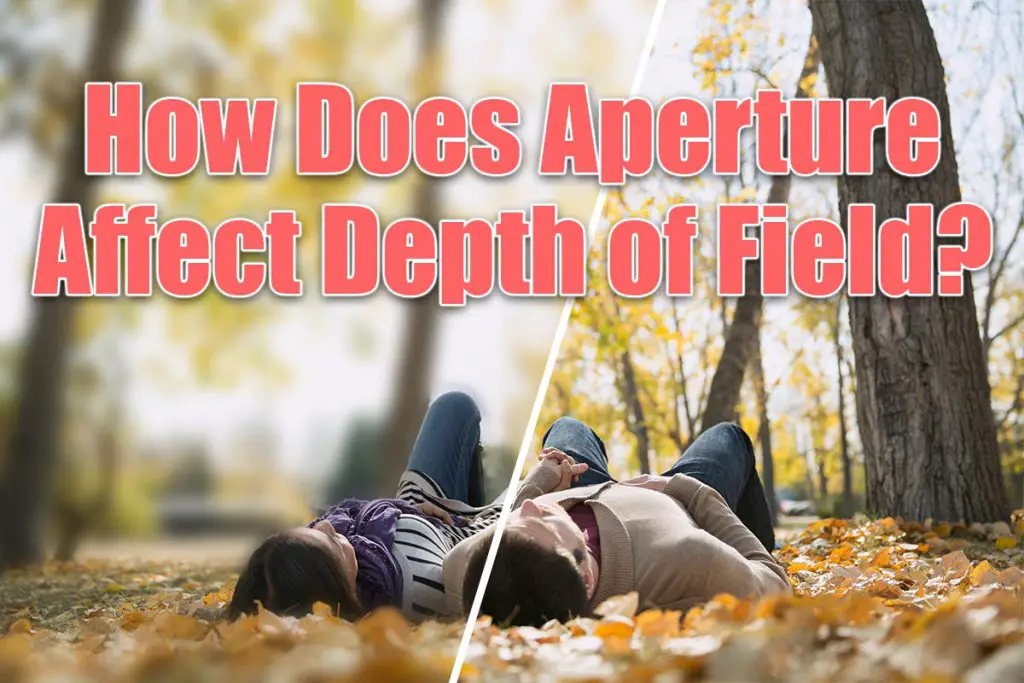
What is Aperture?
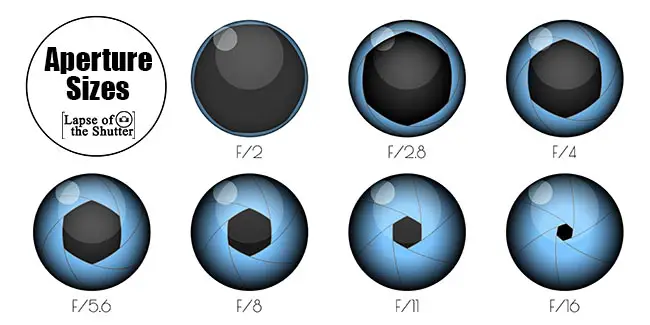
First things first, let’s understand what Aperture is. The Aperture is the small opening in your camera lens that allows light to pass through and then hit the sensor at the back of the camera. The fundamentals are the same across all types of camera systems.
On some camera systems, like DSLRs and mirrorless, you can control the size of this opening. That means you can control how big or small the Aperture will be. Needless to say, a bigger Aperture means more light can pass through and vice versa.
And yes, before we move on to the next segment Av and A are both acronyms for Aperture or Aperture Value.
What is Depth of Field?
Depth of field denotes the extent of the image that appears to be in focus or ‘acceptably’ sharp. Sharpness here refers to focus. If a subject is not focused correctly, it will appear out of focus or not sharp.
Notice I mentioned ‘acceptably’ sharp and not perfectly sharp. The reason is an image can be perfectly sharp or in focus at only one point in a frame.
If you pass a piece of paper through that point (parallel to the sensor), everything on that piece of paper (plane of focus) will also be perfectly in focus. Anything beyond or before the plane of focus will be out of focus.
If you blow up the image on a computer screen, you will notice that the image goes out of focus as you move away from the point of focus. The further you move away from the point of focus, the more out of focus it becomes.
To summarize, depth of field is all about the distance between the nearest and the farthest objects in a frame that appears to be ‘acceptably’ sharp.
What is Shallow Depth of Field?
Shallow depth of field refers to an image that has only a small part of it acceptably sharp and the rest out of focus. In other words, the in-focus area of the image is very narrow.
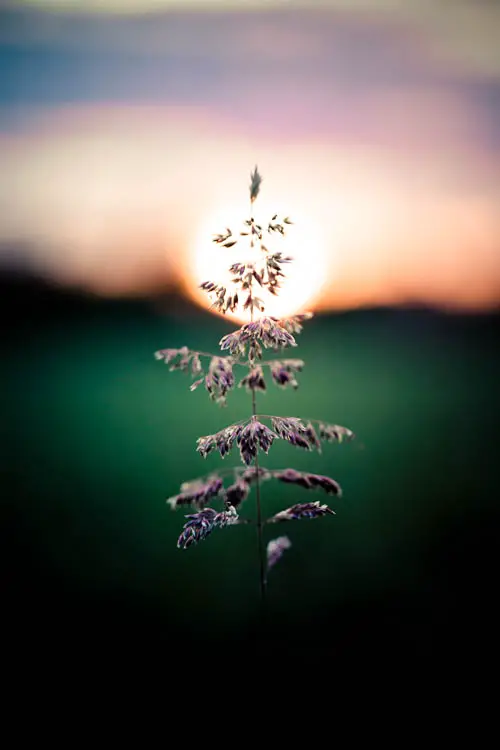
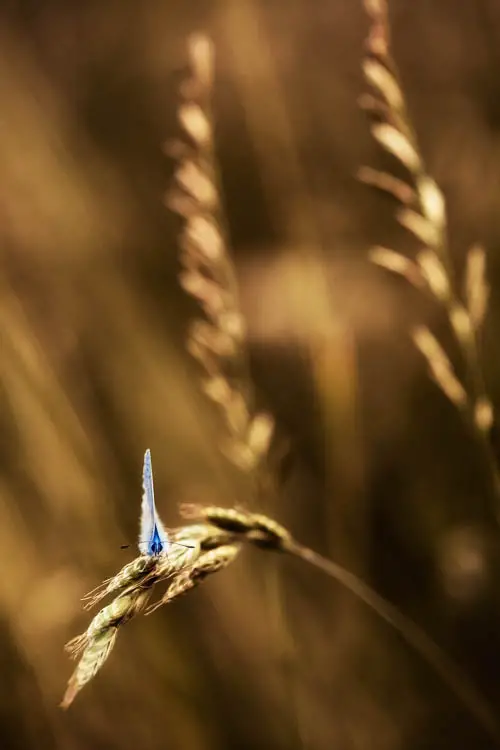
How to Get a Shallow Depth of Field?
The easiest way to achieve a shallow depth of field in your composition is to use a wide-open aperture. Any aperture that’s f/3.5 or wider is good enough for capturing a shallow depth of field. Lenses with an aperture of f/1.8 or faster are the best.
Many photographers use a combination of techniques for their shallow depth of field photography. They use a fast lens, ideally a telephoto lens. With a telephoto lens, you’re forced to step back and then zoom in from a distance.
In other words, there has to be some space between the camera and the subject to capture a shallow depth of field. Finally, they leave sufficient space between the subject and the background.
Advantages and Disadvantages of a Narrow Depth of Field
The shooting technique with a narrow (shallow) depth of field is commonly used in portrait photography. It’s also used in other genres like macro and product photography.
Any genre of photography where you need to blur out the background and the foreground and emphasize the subject uses the technique of narrow depth of field.
It’s the easiest of techniques to obscure anything but the subject in a frame.
The shallow depth of field photography technique isn’t without its disadvantages. With a narrow depth of field, you need to have super steady hands. Else, you’re likely to miss focus. If the subject moves at the precise moment when you press the shutter release button or your hands move, you will miss focus.
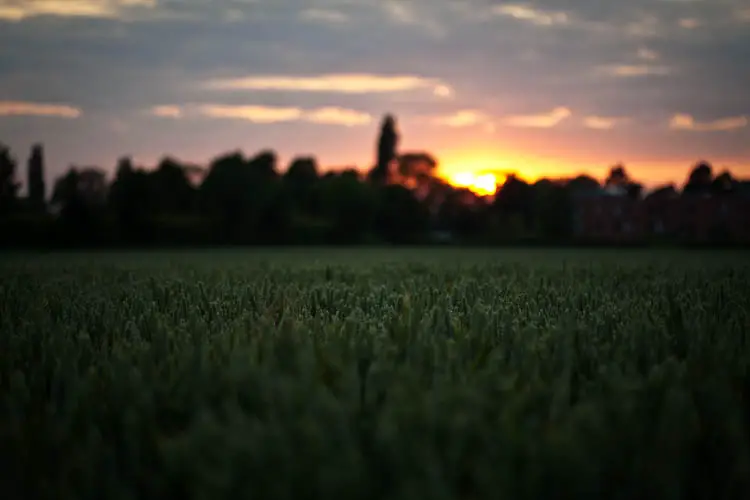
Pros:
- Creates a stunning, blurred background effect
- Lets plenty of light to the sensor, meaning you can drop your ISO
- Makes portraits look very professional
Cons:
- Easy to miss focus
- Not suitable for landscapes or anything where you want everything in frame in focus
What is a Deep Depth of Field?
An image is said to have a deep depth of field or high depth of field when much of it appears to be acceptably sharp. It’s the exact opposite of a shallow depth of field.
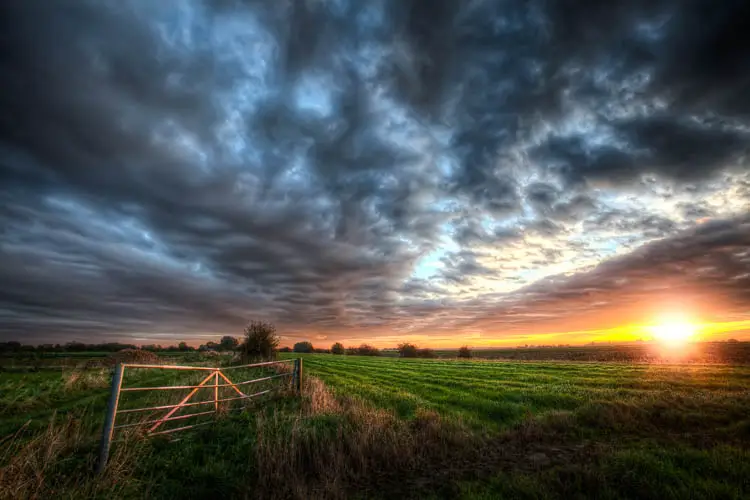
How to Get a High Depth of Field?
The quickest and easiest way to produce a deep depth of field is to use a small aperture. Anything smaller than f/8 is an excellent aperture to get a long depth of field. Some photographers prefer to use a wide-angle lens and a small aperture to accentuate the long depth of field.
The second alternative is to focus at 1/3rd of the way into the scene. This generally ensures that everything in front of the plane of focus and half the distance between the plane of focus and the back of the frame are in focus.
This method, however, isn’t perfect. It’s just an estimation and therefore is likely to give you an approximate result most of the time.
The best option is to use the Hyperfocal Distance calculator. Hyperfocal distance is that distance focusing at which gives your images the greatest possible depth of field.
Please note that hyperfocal distance will vary depending on the sensor size, the lens’s focal length, the Aperture you use, and other parameters.
There are charts available that consider all of the above factors and give you the precise distance at which to focus for the maximum depth of field.
Advantages and Disadvantages of a Deep Depth of Field
The greatest disadvantage of shooting with a deep depth of field (and assuming you’re using a small aperture to achieve it) is lens diffraction.
Lens diffraction is the phenomenon of light waves bouncing off each other because they are in very close proximity thanks to a small aperture through which they’re passing. The effect is that the light waves start to cancel each other out, which induces blur in the image.
The smaller the Aperture, the more pronounced the effect is. On the flip side, the sharpest image is possible only when you’re shooting with a wide-open aperture.
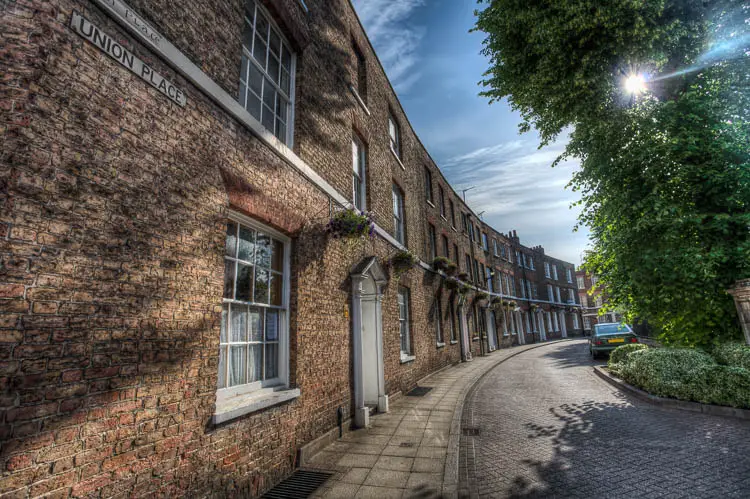
Pros:
- Less need to worry about camera technique to get the scene in focus
- Sharp images across the frame
- Ideal for landscape photography
Cons:
- Diffraction can degrade image quality at smaller apertures
- Less light gets to the sensor, meaning you need a tripod if you are using a small aperture in a dark space
Shallow Depth of Field vs Deep
I hope you can see that both shallow depth of field and deep depth of field have their uses. You can get a good sense of when to use shallow depth of field vs deep in the table below.
| Applications of Shallow Depth of Field | Applications of Deep Depth of Field |
| Portraitures | Landscapes |
| Macro photos (single frame) | Macro photos (focus stacking) |
| Photos of flowers | Architecture |
| Product photos | Interiors |
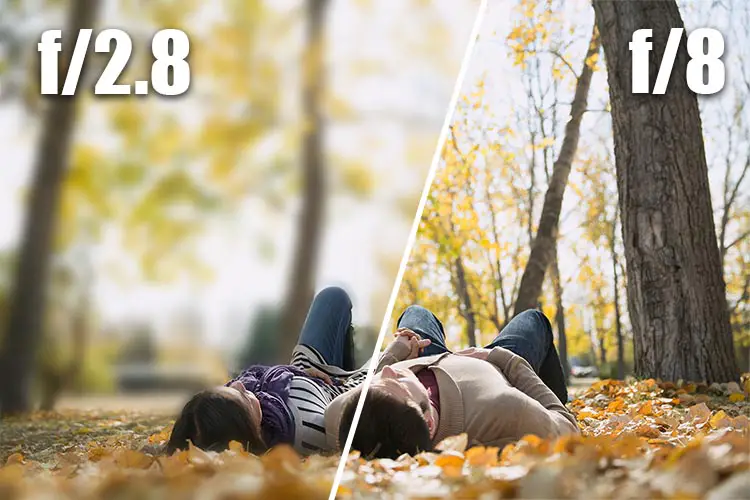
Read More:
Macro vs telephoto lens comparison
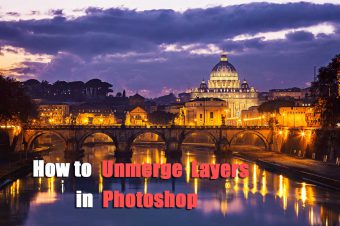
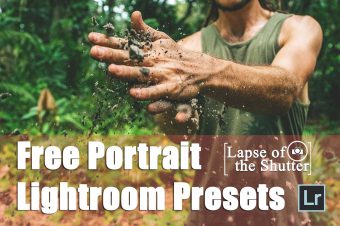

![Photoshop Filter Gallery Greyed Out? [SOLVED]](https://www.lapseoftheshutter.com/wp-content/uploads/2022/04/photoshop-filter-gallery-grayed-out-340x226.jpg)
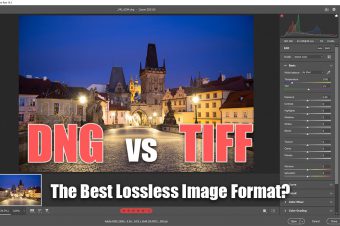
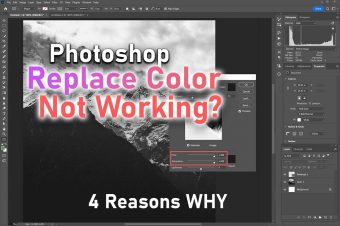
Leave a Reply